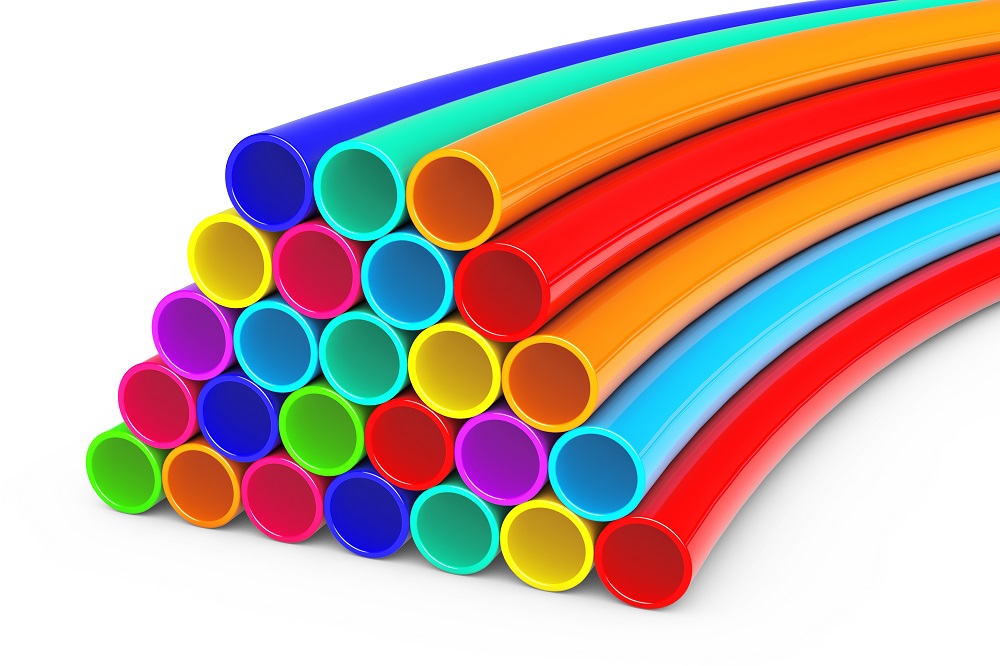Pneumatic airline tubes have been ferrying important items around as well as between buildings since the mid 19thcentury. Even today these tubular systems are of great use in the medical industry. Many hospitals rely on them to transport medicine, documents and specimens around the building and turn from the lab in a matter of seconds. Between the walls of hospitals lies a network of pneumatic pipelines several kilometers in length. Specimens are first sealed in capsules before being given an air cushion ride to another part of the building. A computer allows the movement of the capsules to be monitored as compressed air whisks them through the tubing at up to 10 meters per second.
 |
| Pneumatic Tubing |
Below is the Detailed Process of Manufacturing and Working of Pneumatic Air Line Tubing:
Production starts with the send and receives unit. Tubes are first glued to a plate both of which are made of plastic to reduce the build-up aesthetic. The tubes are then slotted through holes in the top of the units. A pair of tubes is now placed inside the housing. The tubes are slid back and forth to allow the system to switch between send and receive modes. The sliding mechanism is now screwed to the unit’s frame. The motor is then connected to a power source to confirm the motion of the plastic tubes. Horse is connected to the system to check that the seals and vents are intact.
At the next station, the unit’s door is temporarily removed whilst the motor power source. The wires are bundled together with plastic tongues which are then trimmed. The computerized control is now fitted to the door which can then be reattached before the default panel is wired up and tested. The computer in the send and receive unit is now connected to the wand in the dotty unit.
A test is performed to confirm that the two computers can communicate. There are numerous diverters in a pneumatic delivery system. These units allow the packages to turn or change direction within the network. A motor and gear are installed and the movements light from one outlet to the next are tested. If all is in order, then the back panel is screwed on.
The diverter and other transfer units are then connected to tubing that runs through the walls of the hospital. To make the delivery capsules, a plastic body is placed in a fixture, the lidded camp is now added. The spinning motion also generates heat that fuses the cap to the body. The capsule is slid onto a post thus prevent it from rolling around as the lid is connected to the unit with the spring. Then sliding lid is screwed to the framework.
A rubber casting is added before a rubber gasket is stretched around the rim. Fabric band wraps around both the ends to help cushion and capsule. During its journey through the pipeline, the buns are neatly tucked in. plastic bumpers are also installed inside the capsule. These will help to protect the contents from any knocks and jolts during the ride.
This medical capsule is now ready for a test run. Once inside the chute, its journey nut can be probed. The door is opened to reveal the operation. Put the tube slide over to collect the capsule and then slide back to drop it into the main pipe and as compressed air blows through the system gone with the wind.
There are various manufacturing companies for pneumatic air line tubing used for the transportation of medicine and documents through the hospital and installed in the walls of the hospital. Thus, pneumatic air line tubing system is the one on which the hospitals totally rely for their safe transportation.







0 comments:
Post a Comment